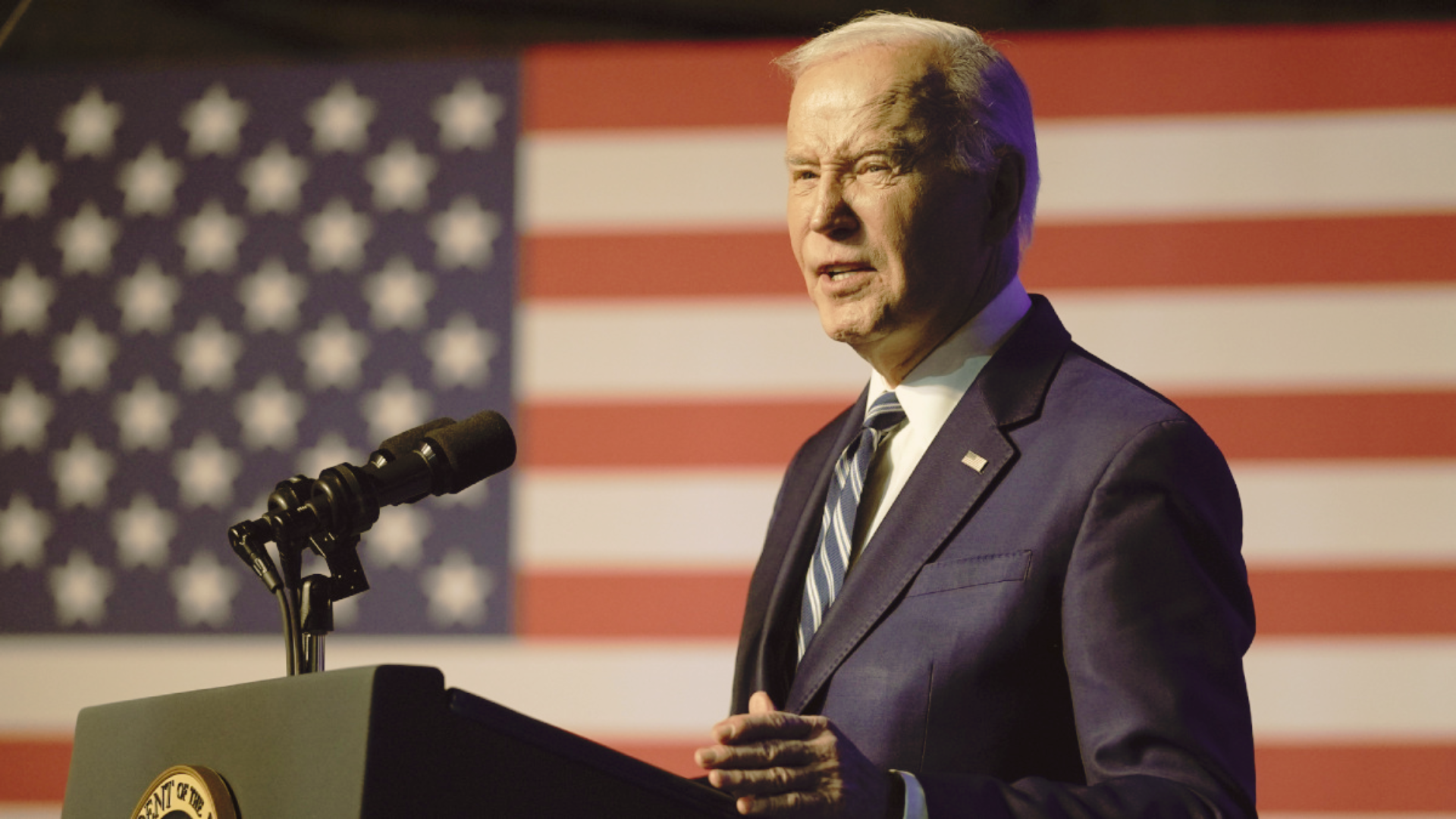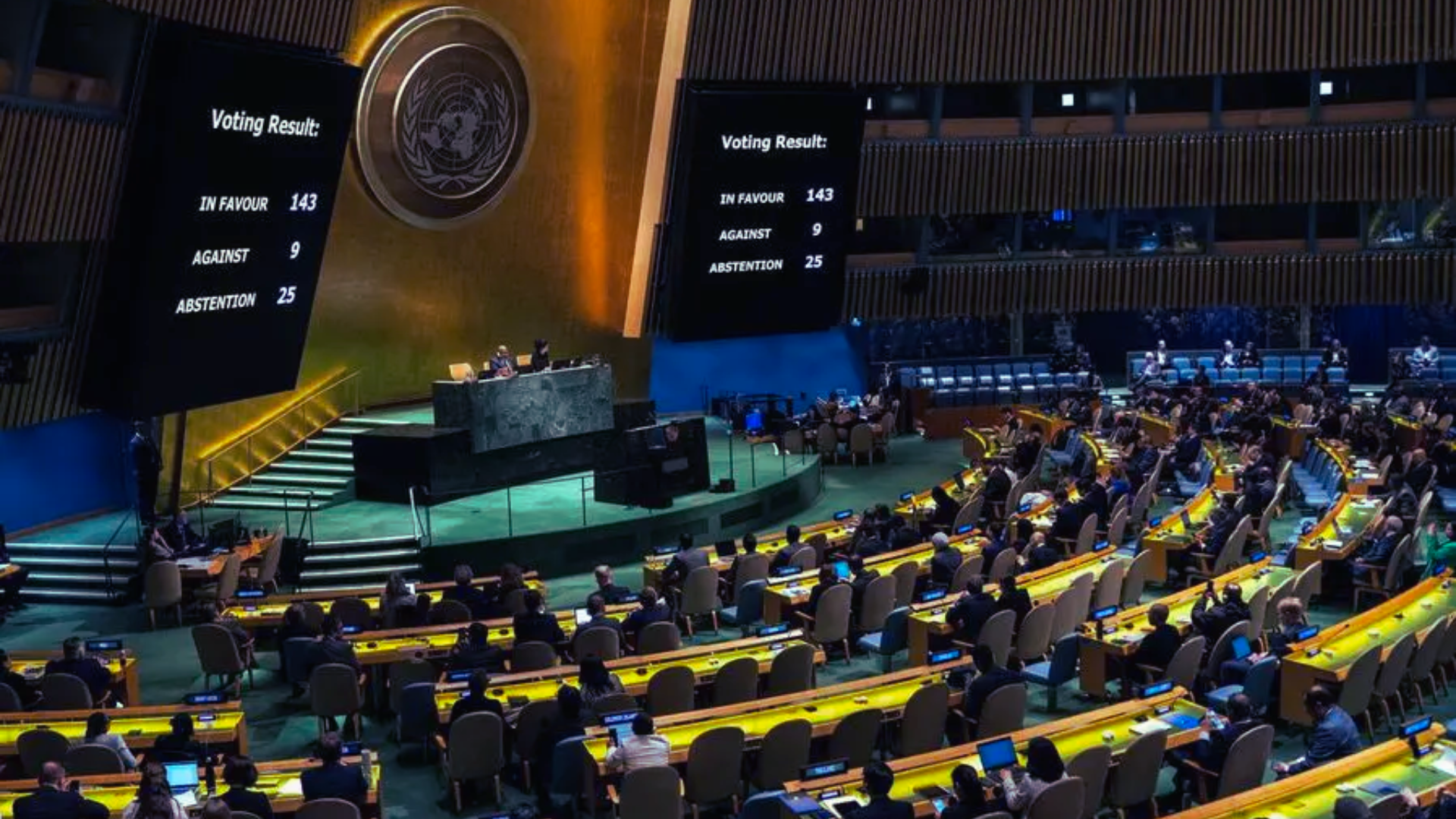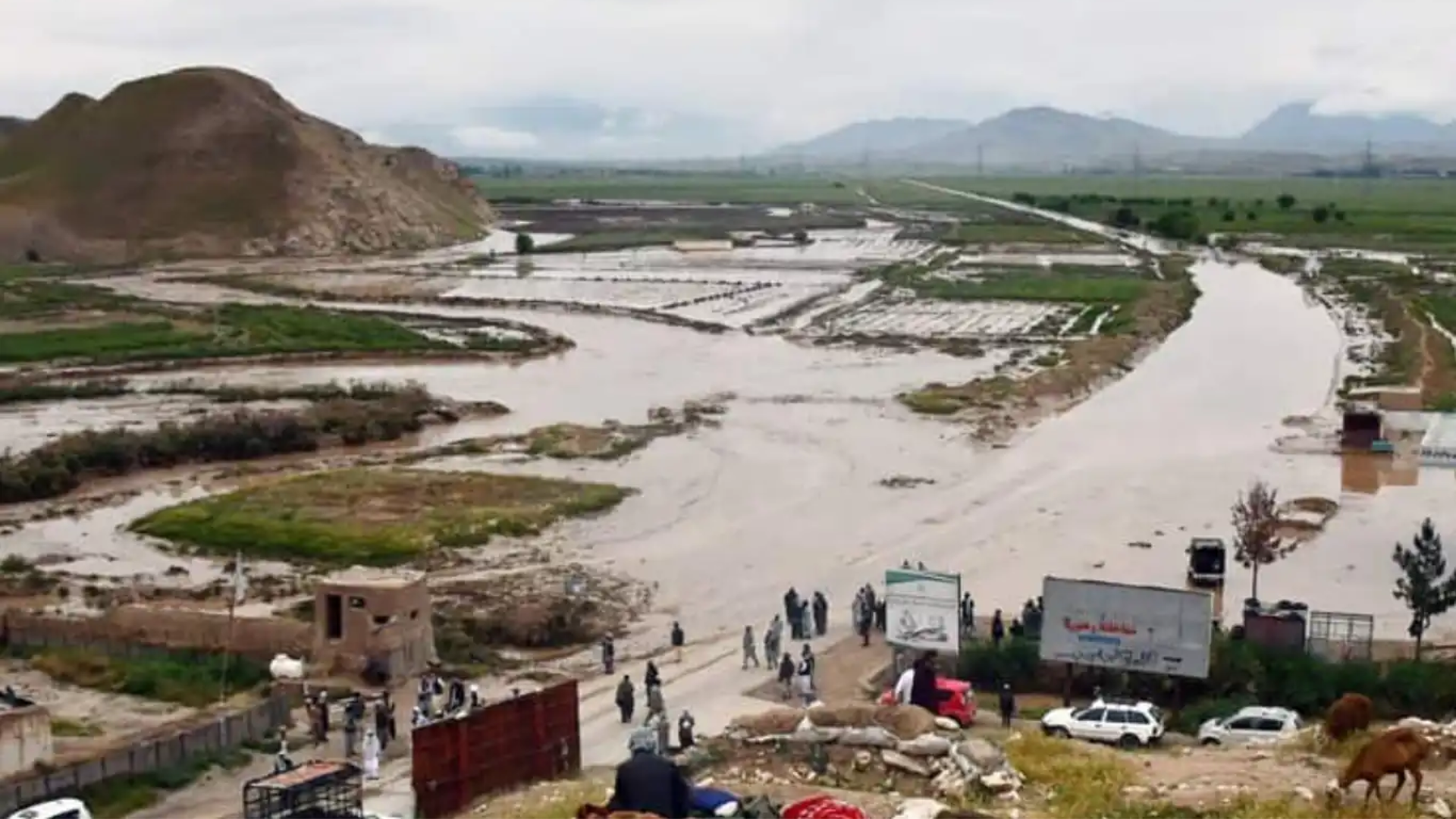




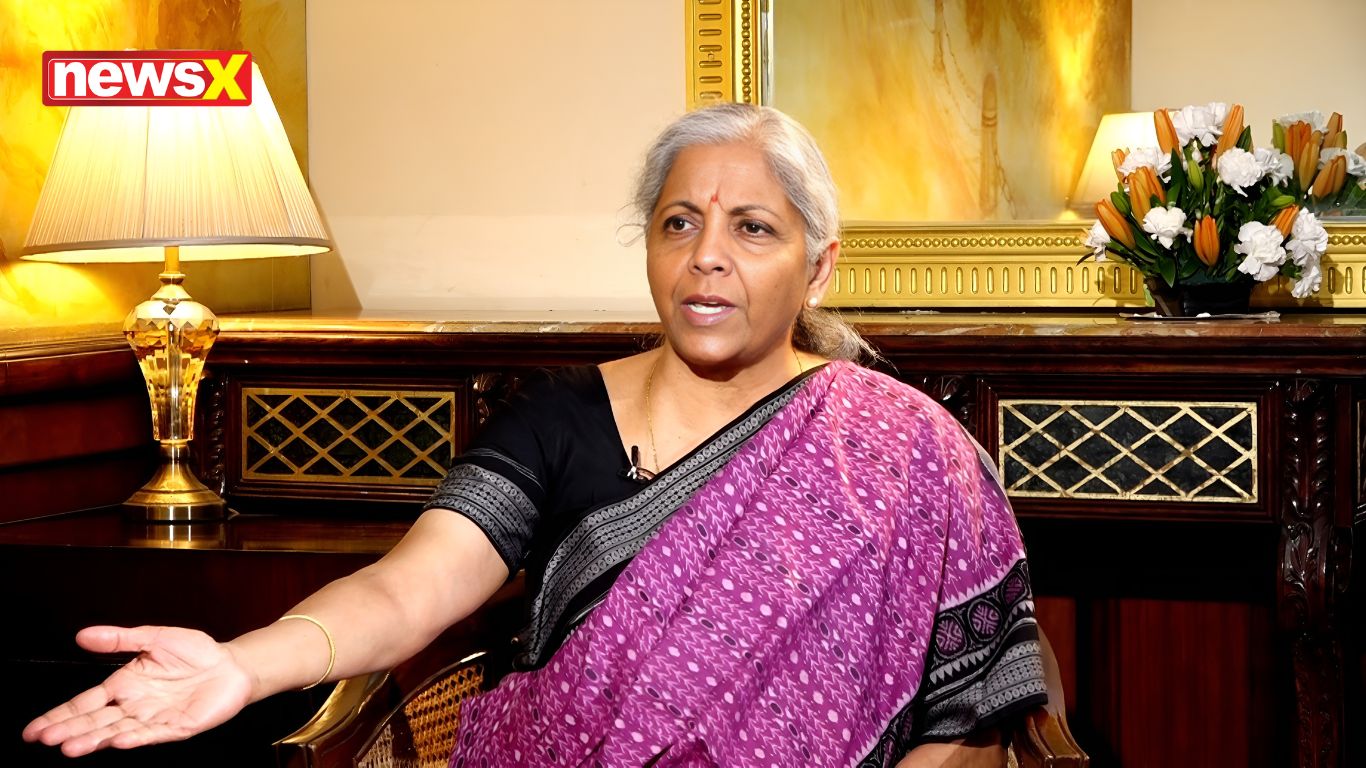

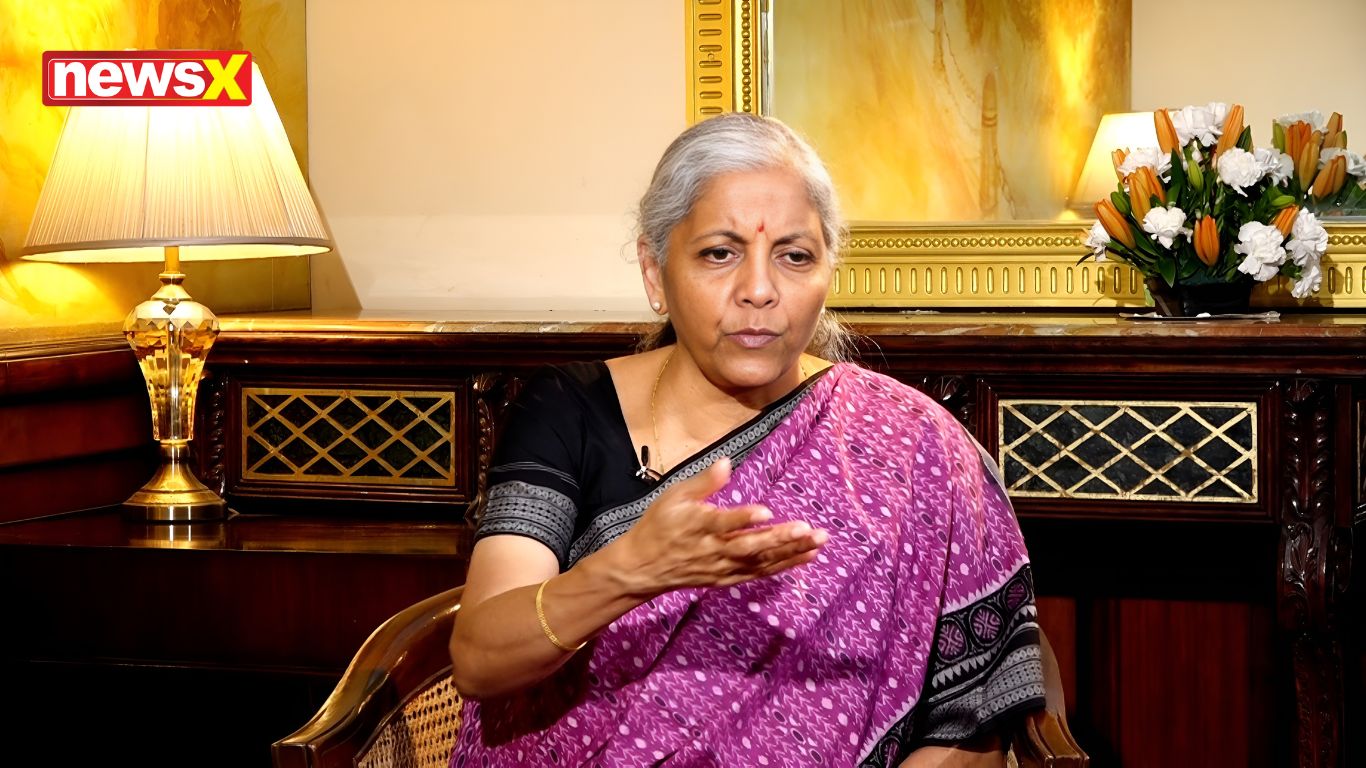


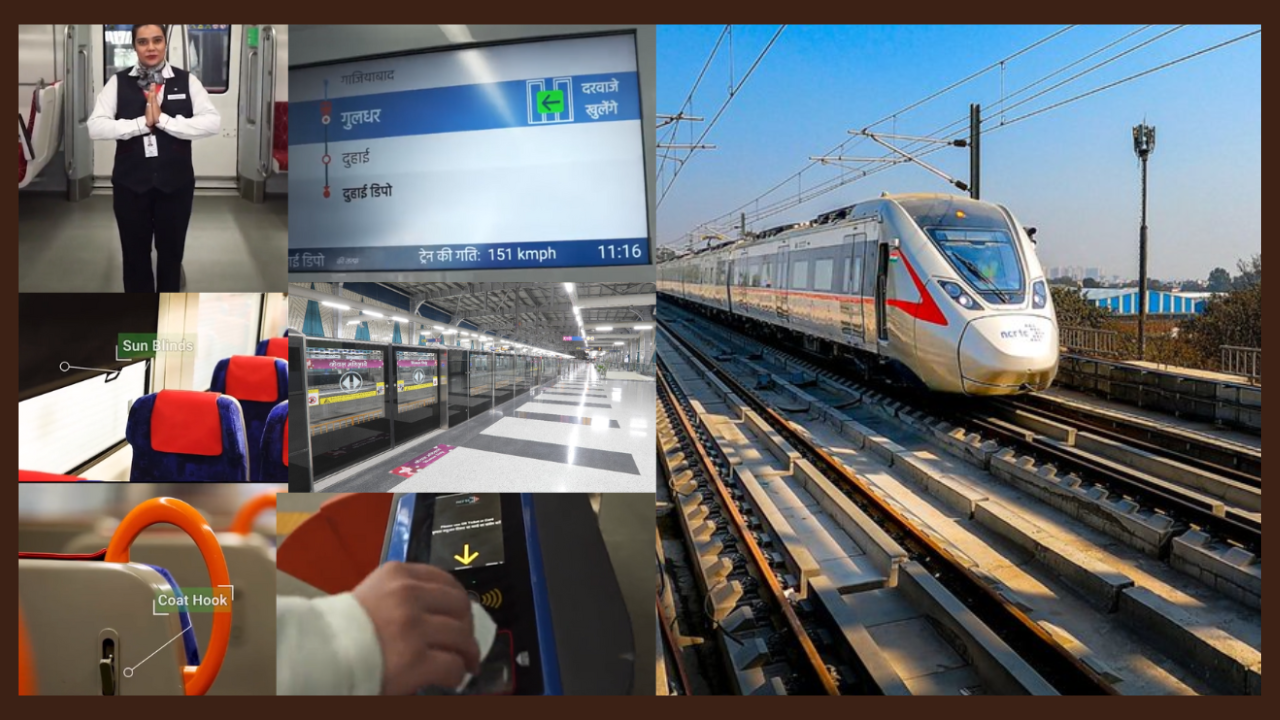
Set to be inaugurated on October 20, the eagerly anticipated 17 km priority section of the Delhi-Meerut RRTS corridor will see the presence of Prime Minister Narendra Modi. Notably, the Delhi-Meerut Regional Rapid Transit System, known as Delhi-Meerut RRTS, is currently making waves as an 82.15 km long rapid rail corridor, representing India’s inaugural Regional Rapid Transit System in progress. Envisioned to seamlessly link Delhi, Ghaziabad, and Meerut, this transformative infrastructure development is poised to bring significant relief to the daily commuting woes of millions residing in the National Capital Region (NCR).
The Delhi-Ghaziabad-Meerut RRTS corridor is set to pioneer India, heralding a new era of rapid transit solutions. With the potential to serve as a blueprint for similar projects across the country, its implementation is expected to set a benchmark for future transportation initiatives.
In a bid to revolutionize the concept of seamless connectivity, the RRTS stations are meticulously designed to integrate various modes of transportation such as Airports, Railway Stations, Inter-State Bus Terminals, and Delhi Metro Stations. This revolutionary integration is poised to establish a comprehensive and interconnected transportation network, facilitating convenient and efficient travel for commuters.
Each of the RRTS stations will be equipped with state-of-the-art platform screen doors, not only ensuring the safety of commuters but also optimizing the overall efficiency of the transportation system. This advanced safety infrastructure aims to mitigate potential risks and streamline the boarding and disembarking process.
With an anticipated modal shift in favor of public transport from 37% to 63% in the region, the implementation of the Delhi-Ghaziabad-Meerut RRTS Corridor is expected to significantly reduce traffic congestion and promote eco-friendly commuting options. This substantial shift holds the promise of not just decongesting road traffic but also mitigating the environmental impact associated with vehicular emissions.
The RRTS trains are poised to set new standards in the realm of regional transportation with their impressive design speed of 180 kmph and operational speed of 160 kmph. This remarkable speed and efficiency are set to redefine the concept of rapid transit, ensuring swift and comfortable travel experiences for passengers across the NCR.
The fully air-conditioned coaches, each consisting of six cars, are meticulously designed to accommodate up to 1750 passengers. With a keen focus on providing a comfortable and spacious environment for commuters, these coaches aim to redefine the standards of public transportation, setting a precedent for future projects in the country.
In line with the government’s commitment to ensuring the safety and comfort of all commuters, one coach in every RRTS train will be reserved exclusively for women. Additionally, the introduction of a premium coach is set to provide an upgraded travel experience for those seeking added comfort and luxury, thereby fostering a culture of inclusivity and accessibility within the transportation sector.
As a crucial link connecting major cities in the National Capital Region, the RRTS trains are poised to bridge the gap in regional connectivity, fostering economic growth, and bolstering the overall development of the area. This enhanced connectivity is expected to pave the way for greater regional integration, offering unprecedented opportunities for economic and social development within the NCR.
The Delhi-Meerut RRTS Corridor is not just a feat of engineering and innovation; it is also a significant stride toward a sustainable and eco-friendly future. By significantly reducing vehicular emissions and curbing traffic congestion, this transformative project is poised to have a remarkable positive impact on the environment. According to estimates, the implementation of this corridor is expected to curtail air pollutants, namely PM 2.5 by 60,000 tonnes, Nitrogen Oxide by 475,000 tonnes, Hydrocarbons by 80,000 tonnes, and Carbon Monoxide by 80,000 tonnes per year, underscoring its crucial role in mitigating the adverse environmental effects of urban transportation.
The upcoming inauguration of the Delhi-Meerut RRTS Corridor is expected to significantly impact the public transportation landscape, economic development, and sustainable transit solutions in the National Capital Region. With its multifaceted benefits and comprehensive approach, the project is anticipated to make a lasting impression on the Indian transportation sector, introducing a new era of connectivity, efficiency, and sustainability for the NCR and the entire nation.
Also Read: President Biden Secures Deal with Egypt’s Al-Sisi to Deliver Humanitarian Aid to Gaza
Catch all the Latest Business News, Breaking News Events, and Latest News Updates on NewsX

